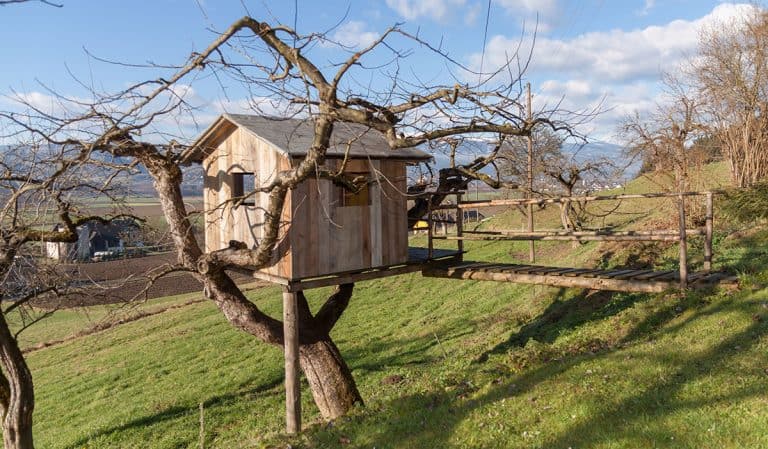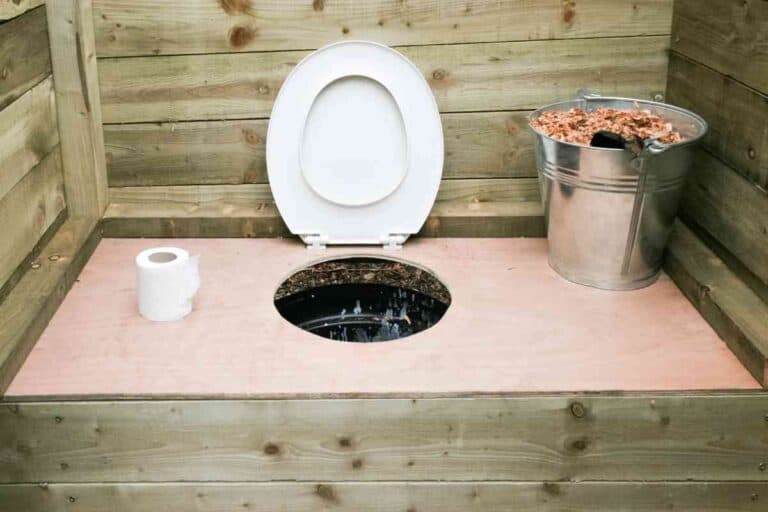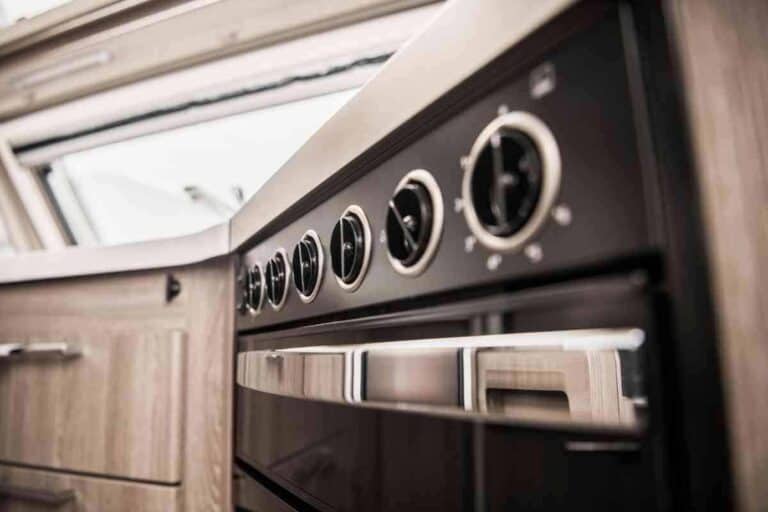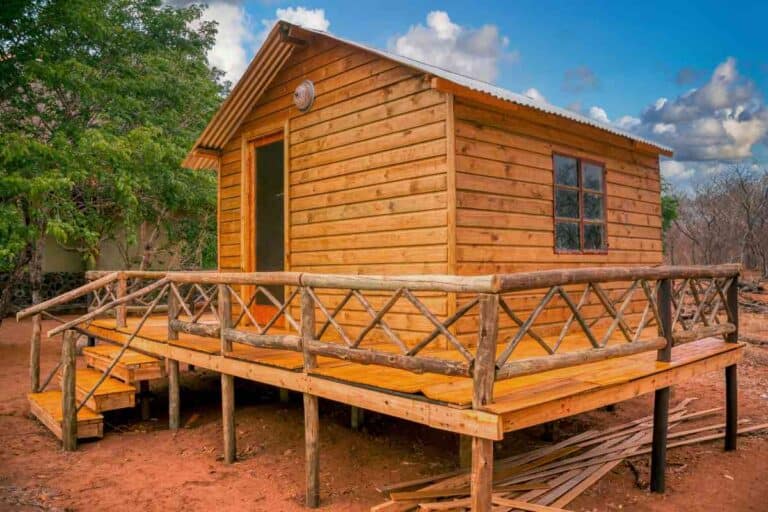11 Steps To Winterize Your Mobile Home
You’ve just spent a small fortune on your new mobile home, and you don’t want it to suffer any damage in the winter. So, how do you go about winterizing a mobile home? Winter can be harsh and unforgiving, especially if you’re not prepared. Mobile home residents often find themselves struggling to keep warm and maintain a comfortable temperature during the winter months.

How do you winterize a mobile home?
The first step in winterizing a mobile home is to inspect the outside of the home for any cracks or holes. These should be sealed with caulk or weatherstripping to prevent drafts. Next, the eaves and gutters should be cleaned out. Any exposed pipes should be insulated, and furnaces and fireplaces should be serviced.
It’s that time of year again – the leaves are changing color, the days are getting shorter, and winter is just around the corner. For many people, this means packing up their mobile home and hitting the road to warmer climates.
But what if you don’t want to leave your home behind? What if you want to stay in your mobile home during the cold winter months? Not a problem! In this article, we will guide you on how to winterize your mobile home so that you can stay warm and comfortable all season long!
We spent countless hours scouring the internet for the best tips and tricks on how to winterize a mobile home, and we’ve compiled them all into this one comprehensive guide. We even consulted with a few experts to make sure we didn’t miss anything!
How To Winterize A Mobile Home That Is Vacant Vs. Inhabited
If you are planning to leave your mobile home vacant during the winter months, there are a few things you need to do in order to prepare it for the cold. First, you need to make sure that all of your plumbing is properly insulated.
This includes both your water lines and your sewer lines. You should also drain all of the water from your hot water heater and add antifreeze to any exposed pipes. Finally, you will want to disconnect any outside hose connections and cover them with insulating tape.
If you plan on staying in your mobile home during the winter months, there are a few extra steps you need to take in order to keep yourself comfortable.
In addition to insulating your plumbing, you will also want to seal any cracks or gaps in your walls and windows. You can do this by caulking them with weather-resistant caulk.
You should also invest in a good space heater and some heavy blankets to keep yourself warm. Finally, ensure you have a working smoke and carbon monoxide detector in your home.
Take These Steps to Prepare Your Mobile Home for Winter
As the temperatures start to drop, it’s important to take steps to winterize your mobile home. By following these tips, you can be sure that your mobile home is ready for the cold weather.
Reverse The Ceiling Fans
People use their ceiling fans to circulate cool air in the summer months, but did you know that you can actually use them to circulate warm air in the winter? All you need to do is reverse the direction of your ceiling fans, and they will push the warm air that rises to the ceiling back down into the room.
This is a great way to keep your mobile home warm without running up your energy bill
During the winter, you want your ceiling fans to rotate clockwise. Most ceiling fans have a switch on them that allows you to change the direction of the blades. If your fan does not have a switch, simply turn off the power to the fan at the breaker box and then reverse the direction of the blades by hand.
Inspect The Water Heater
A water heater is a vital part of any mobile home, providing hot water for cooking, bathing, and laundry.
Consequently, it is important to make sure that your water heater is in good working order before the cold weather sets in. Start by draining the water heater completely and then refilling it with fresh water.
Next, check the anode rod to see if it needs to be replaced. The anode rod protects your water heater from corrosion, so it’s important to keep it in good condition.
Another way to ensure that your water heater is working properly is to check the thermostat. The thermostat regulates the temperature of the water, so if it is set too low, the water will not get hot enough. Make sure the thermostat on your water heater is set to at least 120 degrees Fahrenheit. This will help prevent your pipes from freezing.
Service Your Furnace
If you have a furnace in your mobile home, it is important to have it serviced before the start of the winter season.
A professional technician will clean and inspect the furnace, making sure that it is in good working order. They will also check the filters and make sure they are clean. This is important because dirty filters can cause your furnace to overwork itself and break down.
It’s also a good idea to create a preventative maintenance plan for your furnace. This means having it serviced on a regular basis – at least once a year.
By doing this, you can catch any problems early and avoid having them turn into bigger issues down the road.
Prepare Your Fireplace
When the weather starts to turn cold, it’s time to start thinking about winterizing your mobile home fireplace. The first thing you need to do is have the chimney inspected and cleaned. This will remove any soot or debris that could catch fire, and it will also help to prevent dangerous gases from building up.
Next, you need to make sure that the flue is open and unobstructed. Otherwise, smoke and fumes could back up into your home.
Finally, you should stock up on firewood and kindling so that you’re prepared for a cozy fire when the temperature drops. By taking these steps, you can be sure that your mobile home fireplace is ready for winter.
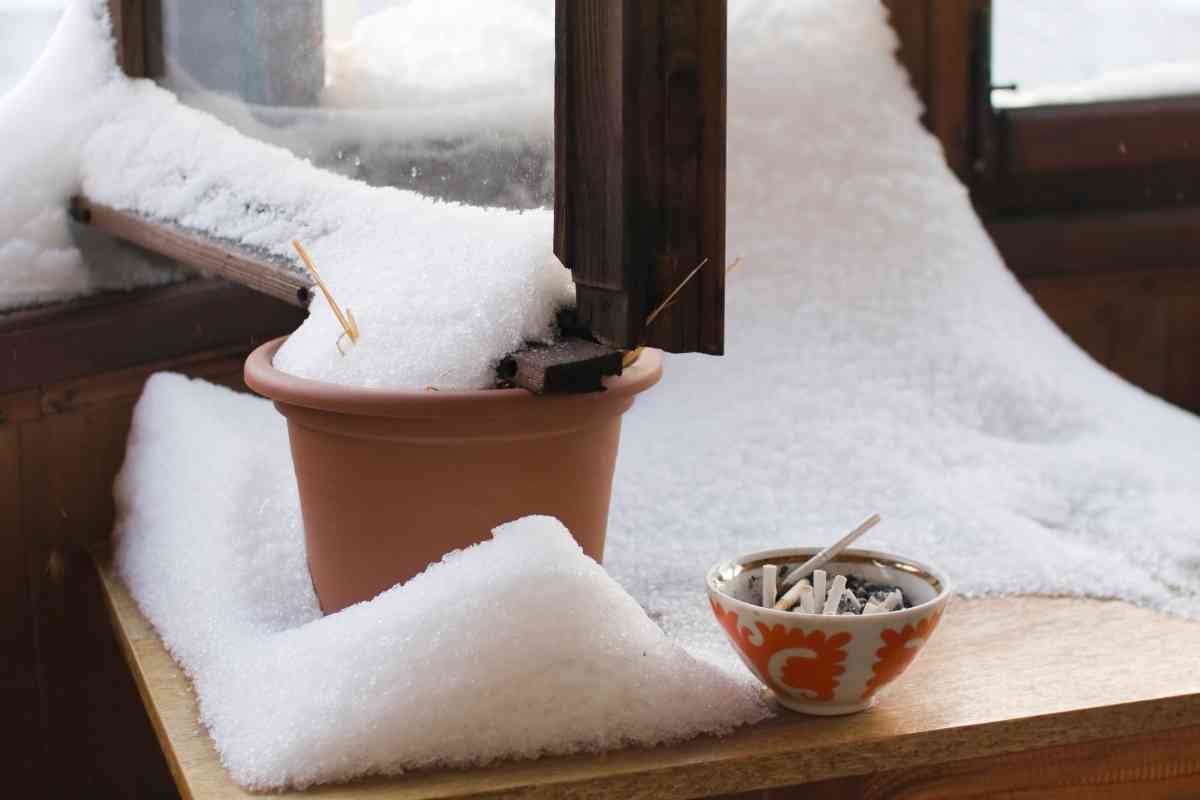
Let The Faucets Drip
One of the best ways to prevent your pipes from freezing is to let the faucets drip. This may seem like a waste of water, but it’s actually a very effective way to keep your pipes from freezing. The moving water will help to keep the pipes warm and prevent them from freezing solid.
Of course, you don’t want your faucets dripping all winter long. Fortunately, there are some easy ways to insulate your pipes and prevent them from freezing in the first place.
One option is to wrap them in electrical heating tape. This tape will emit heat when it’s plugged in, keeping the surrounding area warm and preventing the pipe from freezing. Another option is to use foam insulation tubing. This tubing can be slipped over your pipes, providing an extra layer of protection against the cold.
Use Butyl Tape and Mastic to Seal Ducts
One of the most important things you can do to winterize your mobile home is to seal any gaps or cracks in the ductwork. This will help to prevent heat from escaping, and it will also keep cold air from coming into your home. The best way to seal ductwork is with butyl tape and mastic.
Butyl tape is a strong, sticky tape that forms a tight seal. Mastic is a puttylike substance that hardens as it dries, creating a durable bond.
When used together, these two materials can create an airtight seal that will last for years. However, it’s important to apply them properly in order to achieve the best results.
First, the surface of the ductwork must be clean and free of debris. Next, the butyl tape should be applied to the inside of the seam, overlapping each side by about two inches.
Finally, the mastic should be spread over the butyl tape, being sure to fill any gaps or cracks. With a little time and effort, you can seal your ductwork and keep your mobile home warm all winter long.
Inspect Light Fixtures And Receptacles
One of the most common places for heat to escape from a mobile home is through light fixtures and receptacles. In fact, it’s estimated that as much as 30% of the heat in a mobile home can be lost through these gaps.
These openings are often left un-insulated, allowing heat to escape and cold air to enter. To prevent this from happening, you should inspect all of the light fixtures and receptacles in your home.
One option is to use caulk or weatherstripping to seal the gaps around the fixtures. This will help to keep your home warm and comfortable all winter long.
Another option is to install insulating gaskets behind the faceplates of the fixtures. These gaskets help to create an airtight seal, which prevents heat from escaping.
Provide Adequate Skirting
If your mobile home is not properly skirted, the cold air can sneak in and cause your pipes to freeze. That’s why it’s important to make sure that your mobile home is properly skirted before the start of winter.
Mobile home skirting helps to seal off the underside of your home, preventing cold air from coming in.
There are various types of mobile home skirting available on the market, so you should be able to find something that suits your needs. If you’re not sure what type of skirting to get, you can always consult with a professional. They will be able to help you choose the right type of skirting for your mobile home.
We recommend going with metal skirting, as it is the most durable and will last you for many years to come.
Caulk Doors And Windows
One of the most important things you can do to winterize your mobile home is to caulk the doors and windows.
This will help to prevent drafts and keep heat from escaping. Start by checking all of the exterior doors and windows for gaps or cracks. If you find any, use caulking to seal them up.
It’s also a good idea to replace worn-out weather-stripping around doors and windows. Weatherstripping is a rubber or foam strip that helps create a tight seal between two surfaces. Over time, it can deteriorate and break down, so it’s important to replace it on a regular basis.
By taking these steps, you can make your mobile home more energy-efficient and comfortable during the winter months.
Loosen Your Mobile Home’s Tie Downs
When the winter winds blow, it’s important to ensure that your mobile home is properly secured. One way to do this is to loosen the tie-downs that attach your home to the ground. This will allow your home to “ride out” the storm rather than being buffeted by the wind.
Tightening or loosening your mobile home’s tie-downs is a simple process, but it’s one that should be done carefully. If you’re not sure how to properly adjust your tie downs, we recommend consulting with a professional. They will be able to help you get the job done quickly and safely.
Check Your Smoke And Carbon Monoxide Detectors
One of the most important things you can do to protect your family is to make sure that your smoke and carbon monoxide detectors are in working order. These devices are essential for keeping your family safe in case of an emergency.
We recommend testing your smoke and carbon monoxide detectors on a monthly basis. This will help to ensure that they are working properly and will be able to warn you in case of an emergency.
Bring In Any Outdoor Furniture
If you have any outdoor furniture, such as patio chairs or lawn umbrellas, it’s important to bring them inside before the start of winter. This will help to protect them from the elements and keep them in good condition.
You should also take steps to protect your plants from the cold weather. Some plants are very sensitive to frost and can be damaged or killed by exposure to freezing temperatures. If you have any delicate plants, it’s a good idea to bring them inside or put them in a greenhouse for the winter.
Keep The Cabinets Open
One of the best ways to keep your mobile home warm is to keep the cabinets and doors open. This allows the warm air to circulate throughout the home, and it helps to prevent drafts. You should also make sure that any vents or registers are not blocked by furniture or other objects.
In addition, it is a good idea to leave a space heater on in any room that has exposed plumbing. This will help keep the pipes warm and prevent them from freezing.

![How Do Yurts Hold Up In Storms? [Life-Saving Facts!]](https://freedomresidence.com/wp-content/uploads/2022/05/How-Do-Yurts-Hold-Up-In-Storms-768x512.jpg)
